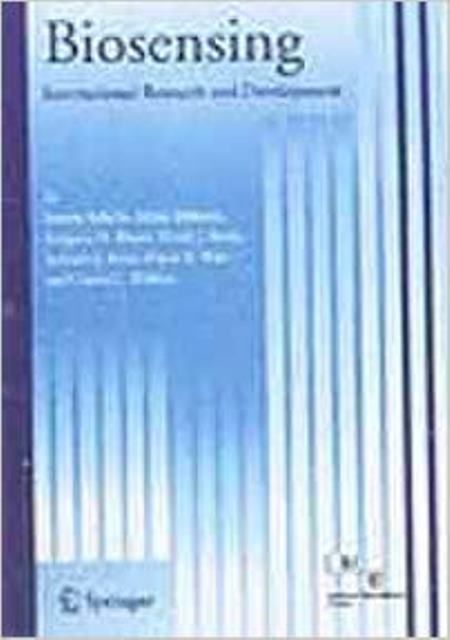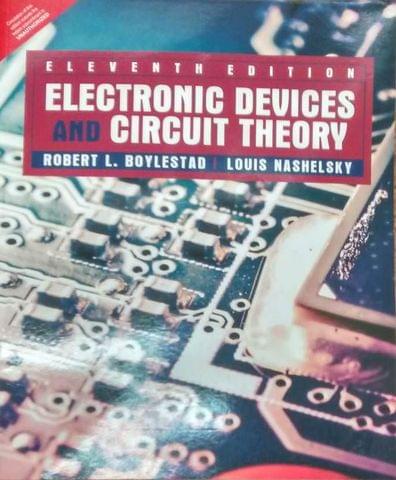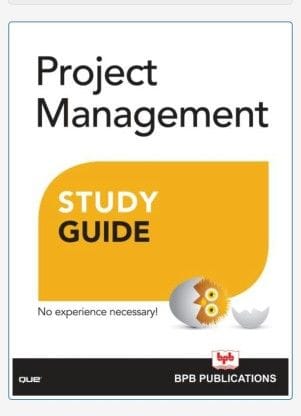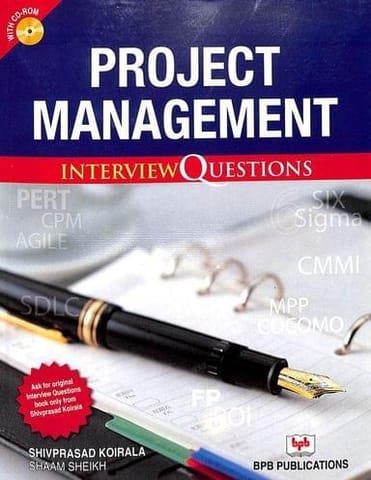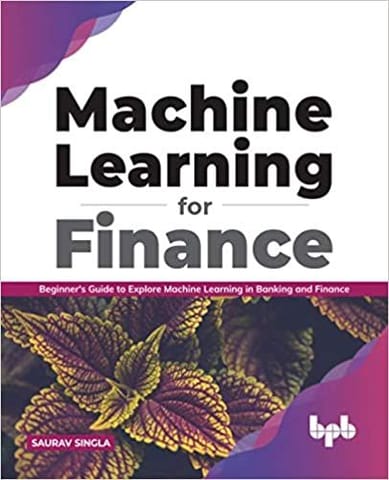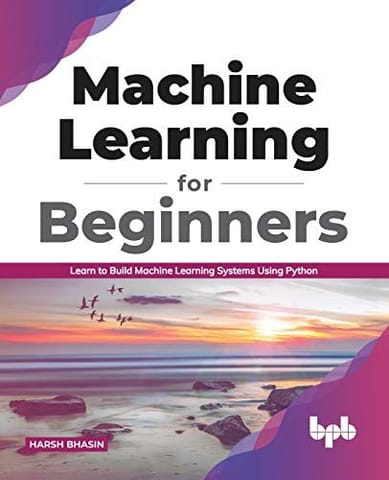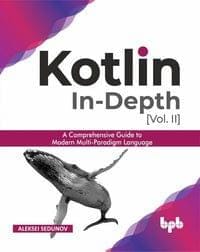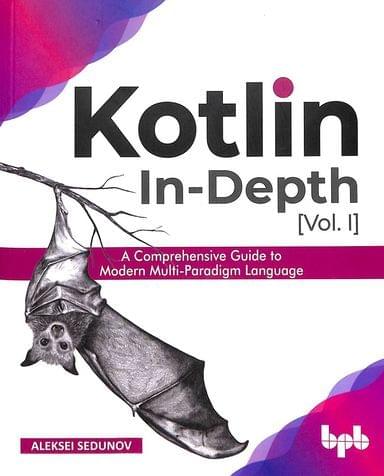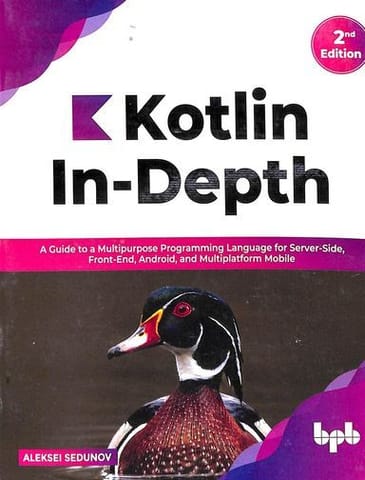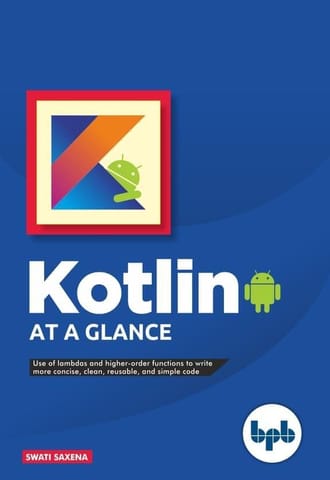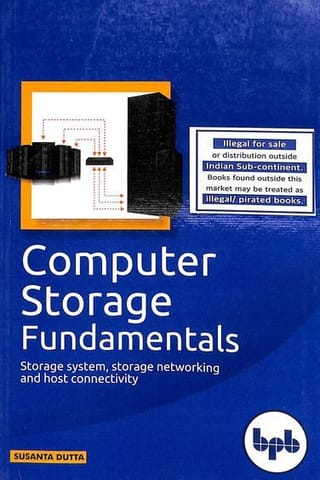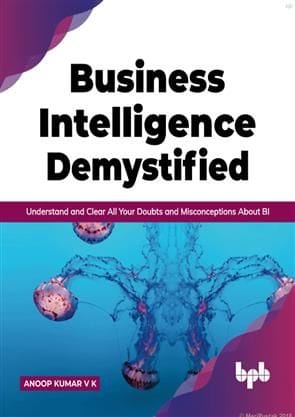Biosensing includes systems that incorporate a variety of means, including electrical, electronic and photonic devices; biological materials (e. g. , tissue, enzymes, nucleic acids, etc. ) and chemical analysis to produce detectable signals for the monitoring or identification of biological phenomena. In a broader sense, the study of biosensing includes any approach to detection of biological elements and the associated software or computer identification technologies (e. g. , imaging) that identify biological characteristics. Biosensing is finding a growing number of applications in a wide variety of areas, including biomedicine, food production and processing and detection of bacteria, viruses and biological toxins for bio warfare defence. Subtopics likely to be covered in this study include the following: Nucleic acid sensors and DNA chips and arrays, organism- and cell-based biosensors, bioelectronics and biometrics, bio interfaces and biomaterials; biocompatibility and bio fouling, integrated, multi-modality sensors and sensor networks, system issues, including signal transduction, data interpretation and validation, novel sensing algorithms, e. g. , non-enzyme-based sensors for glucose, mechanical sensors for prosthetics, related issues in bio-MEMS and NEMS (micro-elctro-mechanical and nano-electro-mechanical systems), possibly including actuators, applications in biomedicine, the environment, food industry, security and defence.
Particular emphasis will be on technologies that may lead to portable or field able devices/instruments. Important consideration will be given to an integrated approach to detection, storage, analysis, validation, interpretation and presentation of results from the biosensing system. Focus will be on research from the following disciplines; Biomes and nano, optical spectroscopy, mass spectroscopy, chemo metrics, pattern recognition, telemetry, signal processing and toxicology.
Finally, beyond the above technical issues, the study will also address the following non-technical issues: Mechanisms for enhancing international and interdisciplinary cooperation in the field, opportunities for shortening the lead time for deployment of new biosensing technologies emerging from the laboratory, long range research, educational and infrastructure issues that need addressed to promote better progress in the field, current government R&D funding levels overseas compared to the United States, to the extent data are available. 9788181289339-
- Home
- Computer Technology
- Management Information Systems
- Biosensing International Research and Development
Biosensing International Research and Development
Author: Schultz, Jerome
Brand: New Age International Pvt. Ltd
| VARIANT | SELLER | PRICE | QUANTITY |
|---|
Description of product
Biosensing includes systems that incorporate a variety of means, including electrical, electronic and photonic devices; biological materials (e. g. , tissue, enzymes, nucleic acids, etc. ) and chemical analysis to produce detectable signals for the monitoring or identification of biological phenomena. In a broader sense, the study of biosensing includes any approach to detection of biological elements and the associated software or computer identification technologies (e. g. , imaging) that identify biological characteristics. Biosensing is finding a growing number of applications in a wide variety of areas, including biomedicine, food production and processing and detection of bacteria, viruses and biological toxins for bio warfare defence. Subtopics likely to be covered in this study include the following: Nucleic acid sensors and DNA chips and arrays, organism- and cell-based biosensors, bioelectronics and biometrics, bio interfaces and biomaterials; biocompatibility and bio fouling, integrated, multi-modality sensors and sensor networks, system issues, including signal transduction, data interpretation and validation, novel sensing algorithms, e. g. , non-enzyme-based sensors for glucose, mechanical sensors for prosthetics, related issues in bio-MEMS and NEMS (micro-elctro-mechanical and nano-electro-mechanical systems), possibly including actuators, applications in biomedicine, the environment, food industry, security and defence.
Particular emphasis will be on technologies that may lead to portable or field able devices/instruments. Important consideration will be given to an integrated approach to detection, storage, analysis, validation, interpretation and presentation of results from the biosensing system. Focus will be on research from the following disciplines; Biomes and nano, optical spectroscopy, mass spectroscopy, chemo metrics, pattern recognition, telemetry, signal processing and toxicology.
Finally, beyond the above technical issues, the study will also address the following non-technical issues: Mechanisms for enhancing international and interdisciplinary cooperation in the field, opportunities for shortening the lead time for deployment of new biosensing technologies emerging from the laboratory, long range research, educational and infrastructure issues that need addressed to promote better progress in the field, current government R&D funding levels overseas compared to the United States, to the extent data are available.
Renting Guidelines
Specification of Products
| Brand | New Age International Pvt. Ltd |
Related products
User reviews
INFORMATION
ADDRESS
Trubrain Education India Pvt Ltd"VV Square"building, Plot.No.TS 710/1b1 & 2B1, CMC Ward No 18, Moka road, Gandhinagar, Ballari-583 101.
Bellari
Karnataka - 583101
IN
Welcome to our online bookstore, the ultimate destination for book lovers, stationery enthusiasts, and curious minds of all ages. With our extensive selection of books, including bestsellers, new releases, and used books, as well as a range of stationary, toys, and reading accessories, we have everything you need to ignite your imagination and satisfy your curiosity.
Whether you're looking for an exciting sci-fi novel, an inspiring biography, or a fun activity book for your kids, our online bookstore has it all. We offer a wide variety of genres, including fiction, non-fiction, children's books, and educational books, so you're sure to find something that sparks your interest.
In addition to traditional books, we also offer e-books for those who prefer to read on their electronic devices. And if you're looking for a more sustainable option, our used books section offers pre-owned books in great condition, helping to reduce waste and save money.
To complement our extensive book selection, we also offer a range of high-quality stationery, including art supplies, pens and pencils, notebooks, and journals. Whether you're an aspiring artist, a student, or a professional, we have everything you need to unleash your creativity and get organized.
And for those who prefer to rent rather than purchase, our book rental service allows you to enjoy your favorite books for a limited time at an affordable price.
At our online bookstore, we're committed to providing our customers with the best possible shopping experience. Our user-friendly website makes it easy to find and purchase your favorite books and stationery items, and our fast and reliable shipping ensures that your products are delivered to your doorstep in no time.
So whether you're a seasoned reader, a curious learner, or a parent looking for educational resources for your kids, we invite you to explore our selection and discover a world of endless possibilities. Shop with us today and experience the joy of reading and learning.

